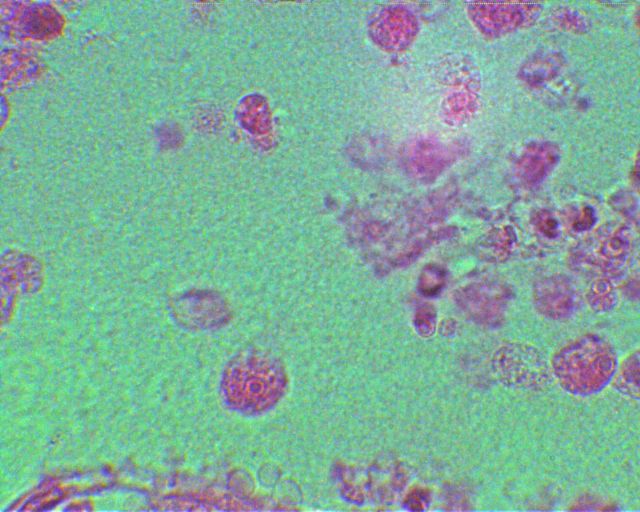According to the CDC, infections occur mainly in July, August and September.

People can't be infected with N. fowleri by swallowing contaminated water, the CDC explains; it's only dangerous when it enters via the nose, which offers easy access to the brain. Tests showed N. fowleri was living in the Louisiana man's household water pipes, but authorities concluded the contamination was isolated to his house, and found none of the amoebae in local water supplies.
The relative risk of an N. fowleri infection is still extremely low, the CDC points out. Below is a list of symptoms, infection sources and safety tips from the CDC:
Symptoms
Initial symptoms (starting one to seven days after infection) include: headache, fever, nausea, vomiting and stiff neck. Bodies of warm freshwater, such as lakes and rivers
Geothermal water, such as hot springs
Warm-water discharge from industrial plants
Geothermal drinking-water sources
Swimming pools that are poorly maintained and/or minimally chlorinated
Water heaters with temperatures less than 116º F
Soil
Safety tips
As the CDC warns, "The only certain way to prevent a Naegleria fowleri infection is to refrain from water-related activities in or with warm, untreated or poorly treated water." Avoid water-related activities in warm freshwater during periods of high water temperature and low water levels.
Hold the nose shut or use nose clips when taking part in water-related activities in bodies of warm freshwater.